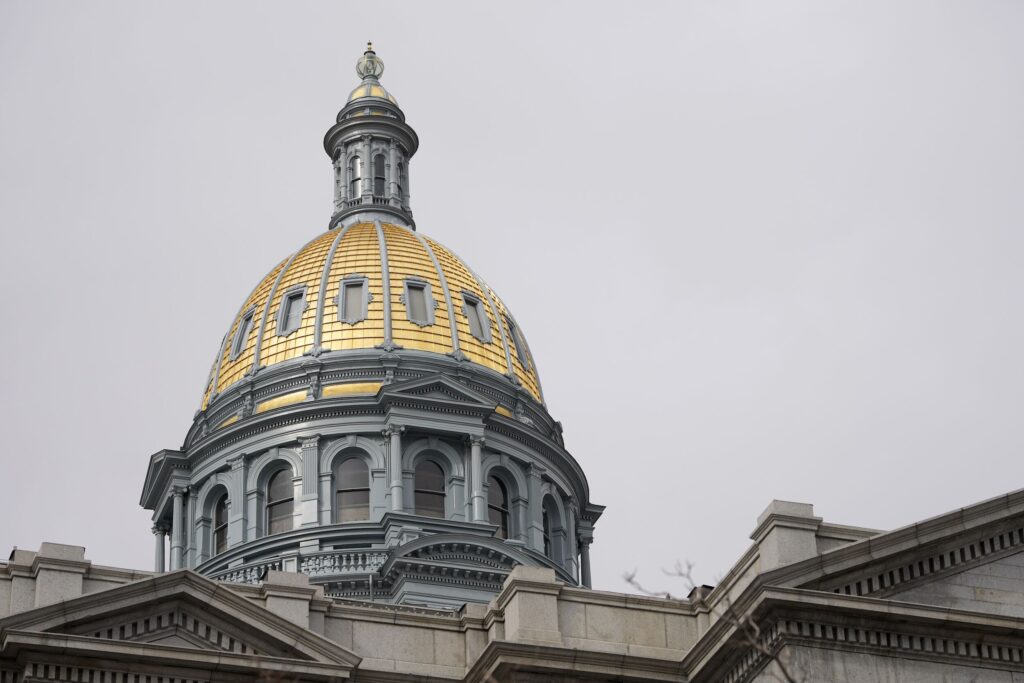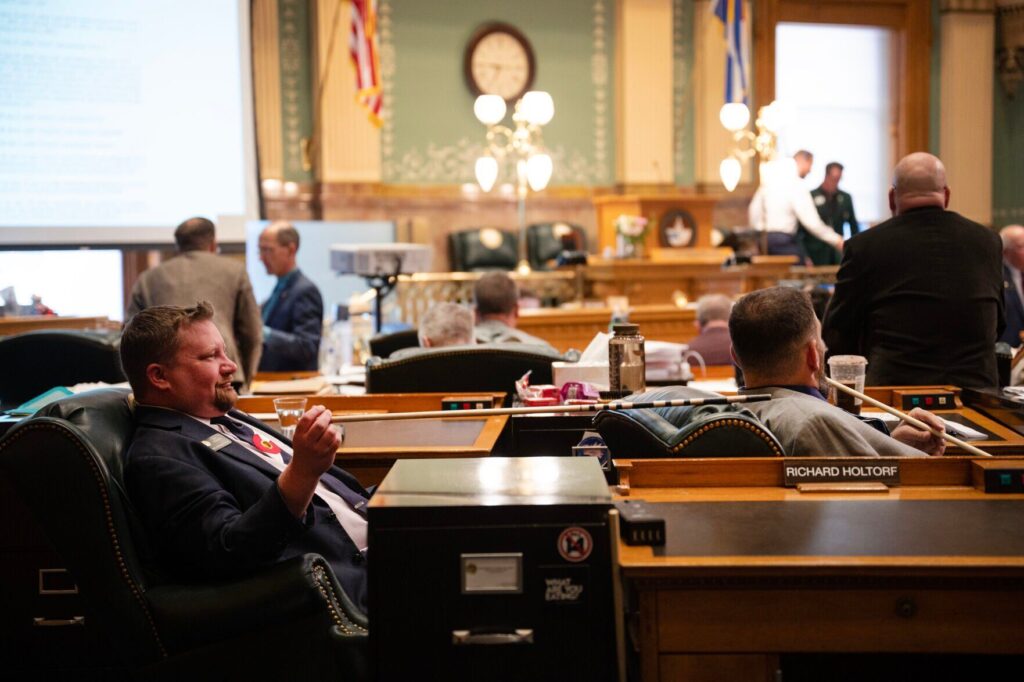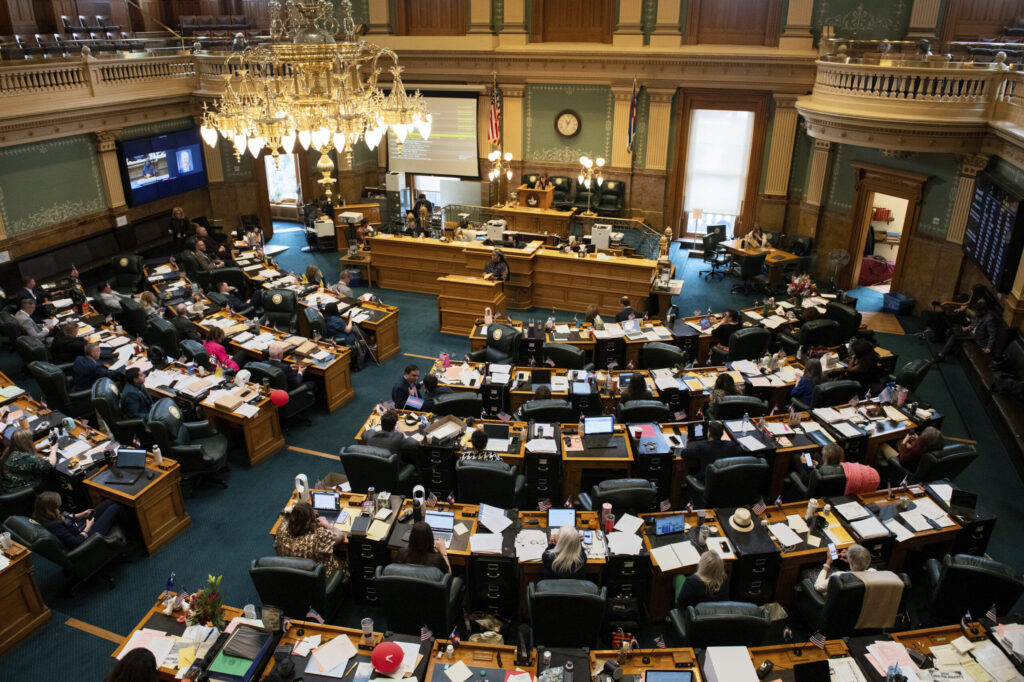Colorado health insurers propose 27% rate hike in 2018
Rates could rise about 27 percent next year for Coloradans buying their own health insurance amid turmoil surrounding Republicans’ health care reform efforts and rising medical costs, Colorado’s insurance commissioner said Friday.
Each insurer offering plans next year requested double-digit rate hikes on Colorado’s individual market, and some have said they still might decide against participating in Colorado’s health insurance exchange next year because of Capitol Hill’s legislative wrangling.
“They know that at any given time, things could turn upside down,” said state Insurance Commissioner Marguerite Salazar. “So I take this instability factor as a real big deal in why we’re seeing the increases that we’re seeing.”
The filings offer the first glimpse of rates that consumers without employer- or government-based health insurance could pay in 2018. And unlike past years, many insurers appeared to be factoring in the political risk of congressional Republicans’ health care reform struggle, as opposed to merely the medical risk of insuring their policyholders, health care analysts and industry members said.
A recent report by the American Academy of Actuaries echoed that observation, saying uncertainty over the Affordable Care Act’s fate has contributed to rate hikes for 2018 and rising medical costs.
Anthem – the only carrier to offer plans on Colorado’s exchange in every county – pegged it on rising medical and pharmacy prices and a “shrinking and deteriorating” individual market. But it also named special tax subsidies for low-income policyholders – a political bargaining chip of late – as cause for concern.
The filings were “pretty disheartening,” because health analysts had expected this to be a year insurers found their footing under the Affordable Care Act, said Joe Hanel, a Colorado Health Institute spokesman.
During Obamacare’s first couple of years, insurers undercut one another’s prices seeking market share and resorted to a fair degree of guesswork in setting rates. Then prices rose dramatically for 2017 to compensate for sicker-than-anticipated customers.
But that turmoil was supposed to subside in 2018, Hanel said.
“It’s just tough to set prices in an environment where you don’t know much about who you’re going to be selling to and what the regulations are going to be,” he said.
Rates specific to the Pikes Peak region were not available Friday, and statewide averages varied.
Cigna proposed the largest average increase, 41 percent, and two Anthem-owned companies each requested increases topping 30 percent. Cigna blamed those hikes on the cost of care and the “evolving” nature of the marketplace.
Almost every small-group insurer – those catering to small businesses – requested rate increases averaging 7 percent statewide.
The requested rates could change, though. Colorado insurance regulators will review each filing to ensure each increase is justified and isn’t too high or too low.
An announcement on approved rates is expected in late summer or early fall.
The filings mirror similar rate hikes across the nation, with many states reporting double-digit increases. And it signaled the second straight year of double-digit rate increases in Colorado.
Individual market rates rose an average of 20.4 percent for 2017 – the largest such increase since the Affordable Care Act took effect in 2014. Plan prices climbed an average of 7 percent in 2016 and 1.1 percent the previous year.
Congressional Republicans and President Donald Trump routinely point to rising monthly premiums as reason for scrapping former President Barack Obama’s health law, the Affordable Care Act.
U.S. Sen. Cory Gardner, R-Colo., continued that refrain Friday.
“We need to find a legislative solution to address the growing negative impact of the Affordable Care Act,” he said in a statement.
Salazar said the health law needs to be improved, but current House and Senate measures do nothing to address the underlying issue of ever-skyrocketing medical costs.
Insurance markets had actually shown signs of stability this year.
A Kaiser Family Foundation study released this week showed insurers were regaining profitability in the first quarter of 2017, meaning “no sign of a market collapse.” It suggested rate hikes for 2017 were a “one-time market correction.”
A recent report by the Centers for Medicare and Medicaid Services listed Colorado’s individual market risk score as lowest in the nation.
Legislative wrangling on bids to repeal and replace Obamacare may be imperiling that market peace.
“Stability is the key word here,” said Charlie Sheffield, executive director of the Colorado Association of Health Plans. “Because we don’t even know what the regulatory rules are going to be for 2018 and beyond, it’s tough to really set a lower benchmark for the prices this year.”
Much of that is due to Republicans’ monthly threats to stop issuing cost-sharing reduction payments to insurers – a key cog in the Affordable Care Act meant to reduce consumers’ out-of-pocket expenses, Salazar said.
Insurers say the payments are critical to keep the market stable. They help limit co-payments and deductibles for people earning up to 2½ times the federal poverty level.
In April, Salazar implored Congress to end that uncertainty, arguing it’s had a “significant and detrimental impact” on the state’s insurance markets.
Insurers were required to submit separate rate filings as if the cost-sharing payments to them had been cut. But those filings will not be made public unless that happens, Salazar said.
Denver Health Medical Plan’s rate hikes would double to roughly 25 percent in that scenario, a company executive said Friday.
Even if the payments remain in place, efforts at broader health reform nevertheless have an effect, said Greg McCarthy, Denver Health Medical Plan’s CEO.
“Also, just looking eastward everyday to D.C. as to what’s happening there – don’t think that’s not, at times, brought into a rate conversation,” McCarthy said.
Connect for Health Colorado’s leader stressed that federal tax credits geared to reduce monthly premiums for low-income shoppers will rise in step with plan costs – softening or eliminating those rate hikes. The subsidies are available to people earning up to four times the federal poverty level.
A public comment period will run through Aug. 4.
In all, seven insurers plan to offer 204 insurance plans next year on Connect for Health Colorado.
Meanwhile, nine carriers submitted 614 plans to sell off the exchange directly to consumers.
A UnitedHealthcare subsidiary, Golden Rule Insurance Co., will not return next year.
Open enrollment begins Nov. 1 and ends Jan. 12.












